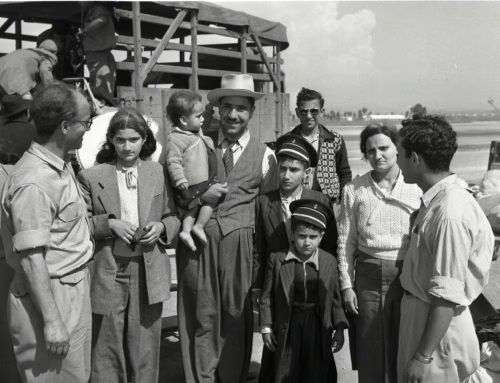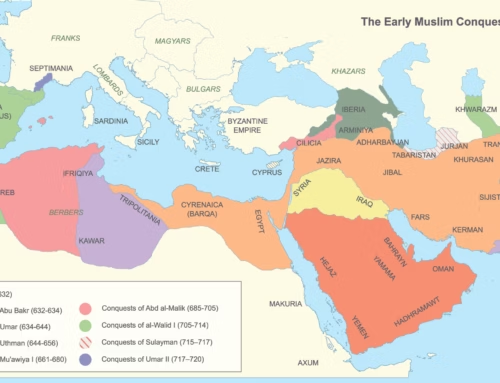Archaeology Confirms Biblical Battle
An unprecedented amount of Egyptian pottery from the 8th century BC has been discovered in excavations at Megiddo, suggesting that Egyptian soldiers were present at this location at that time. The finds may serve as evidence of the great battle in which Pharaoh Necho of Egypt killed King Josiah.

Ruins on the Megiddo hill in northern Israel. The modern highway to Haifa is visible in the background. Photo: Joe Freeman
2Kings 23:29 recounts the story of how Josiah, the last great king of the Kingdom of Judah, was killed at Megiddo by the Egyptian Pharaoh Necho II in 609 BC:
“In his days Pharaoh Necho, king of Egypt, went up to the king of Assyria at the Euphrates River. King Josiah marched out against him, but Necho killed him at Megiddo.”
Josiah’s death would soon lead to the downfall of the Kingdom of Judah, and in the long term give rise to traditions in both Judaism and Christianity about events at the end of this age, when the final battle between good and evil is to be fought at Armageddon.
The Greek name Armageddon is a distortion of the Hebrew words Har Megiddo (Mount Megiddo) and refers to the mound created by layers of human settlement built on top of one another over thousands of years.
Until now, no definite archaeological evidence for this biblical account had been found in the ruins of the ancient city of Megiddo, in what is northern Israel today. But archaeologists have now uncovered an unusual collection of pottery which they say may be linked to Necho’s army, according to Israeli newspapers The Times of Israel and Haaretz.
Egyptian Pottery
The findings in a recently excavated building in Megiddo include unexpectedly large amounts of Egyptian and Greek pottery, according to Professor Israel Finkelstein of Haifa University — longtime head of the Megiddo excavation — and Dr. Assaf Kleiman of Ben-Gurion University.
Kleiman, Finkelstein, and their colleagues discuss their findings in two articles published in January and February in the Scandinavian Journal of the Old Testament.
They conclude that the most likely explanation for the presence of this unusual mix of pottery is that it represents remains from Necho’s Egyptian forces, possibly accompanied by Greek mercenaries, writes Haaretz.
Megiddo is also the place where “the kings of the whole world” gather to fight “on the great day of God the Almighty,” according to Revelation 16:14–16.
“The Book of Revelation in the New Testament refers to an eschatological battle between the forces of God and evil at Armageddon,” says Professor Israel Finkelstein, head of the Megiddo expedition, in The Times of Israel.
“Perhaps the theological idea behind it is that a Savior from the line of David will return to the place where the last and most righteous of the line of David’s kings (Josiah) died.”
A Major Hub
Megiddo was one of the major hubs of the northern Kingdom of Israel for at least two centuries, until the region was conquered by the leading superpower of the time, the Assyrian Empire. The Kingdom of Israel ceased to exist, and a large part of its population was deported.
Around 630 BC, the Assyrians abandoned Megiddo and the surrounding province, and in 609 BC, Egypt under Necho marched into the area along the eastern Mediterranean, during the reign of Josiah in Jerusalem.
The Bible describes Josiah as the most God-fearing king of Judah — he eradicated idol worship, celebrated the Passover, and implemented other religious reforms. Josiah’s 31-year reign came to an abrupt end when he was killed by Necho at Megiddo.
The large amount of 8th-century BC Egyptian pottery found in the recent Megiddo excavations suggests that Egyptian soldiers were indeed present at this biblical site during what appears to be the correct biblical time period.
Megiddo has been excavated by four expeditions, beginning in the early 20th century. Previous excavations did not have access to modern methods and techniques, which is why many of their findings have been questioned.



